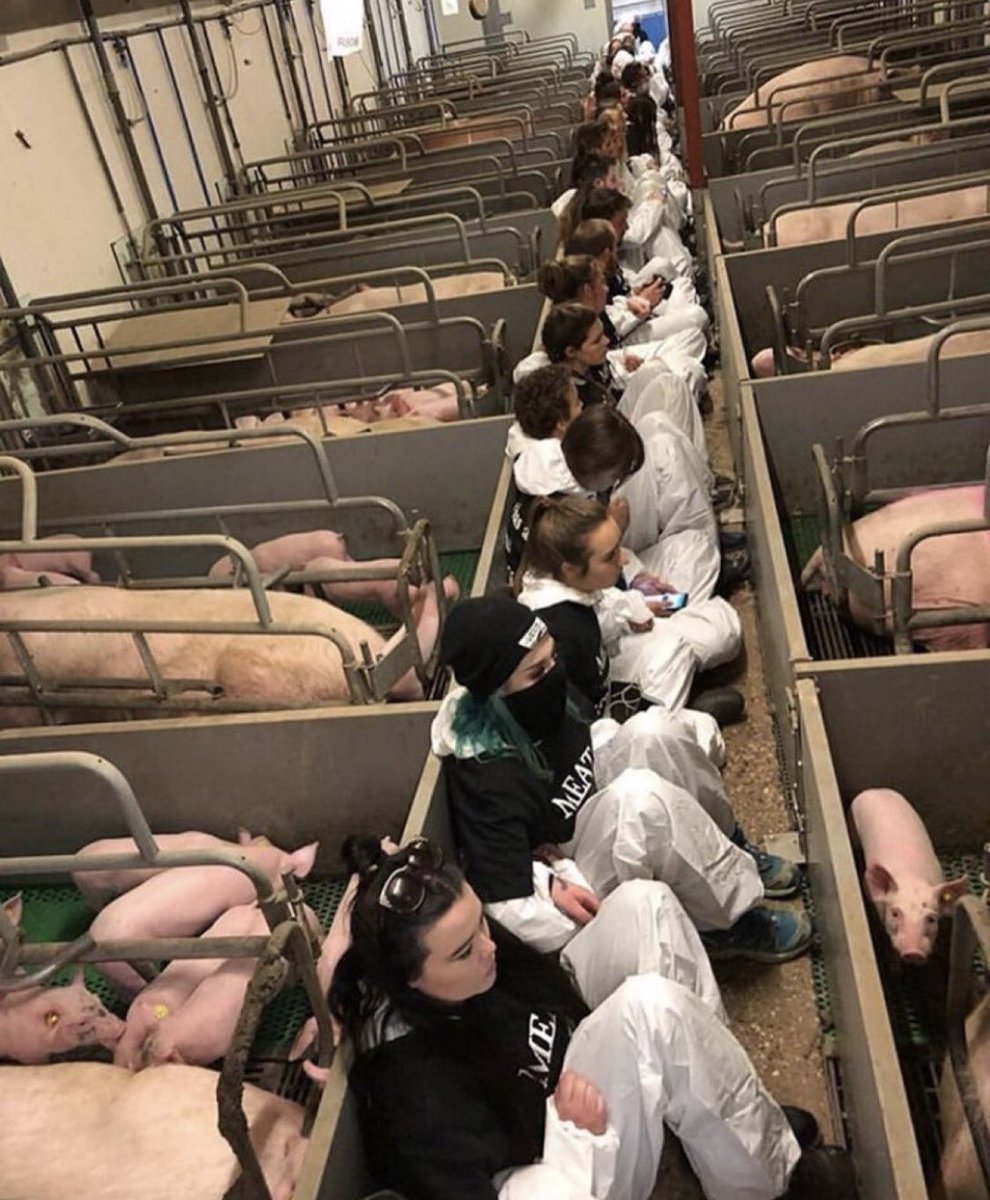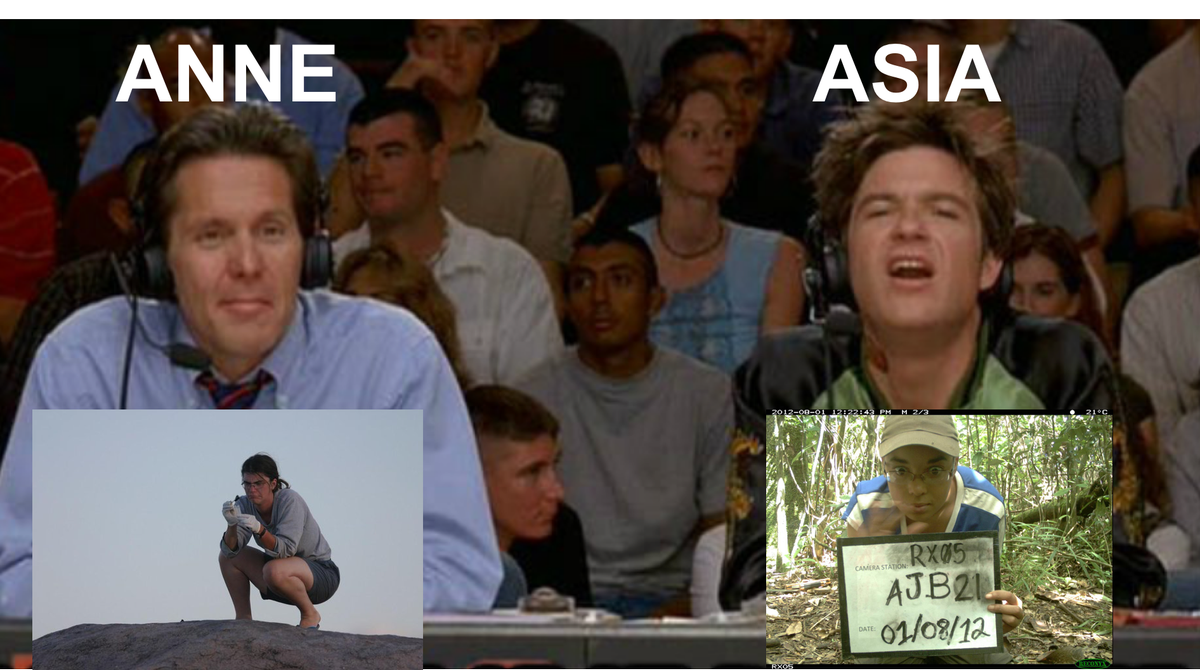$22.7M extra funds PER YEAR are needed to meet essential services, per staff presentation.
35 pedestrians with serious injuries 2015-2017
3 pedestrian fatalities 2015-2017
49 miles of missing sidewalk in the city
Transportation/Vision Zero is about the Es: Engineering, Evaluation, Education, Enforcement
They are going to do such a design at 30th/Colorado. (I had somewhere in my notes specifics on that, but can't find it.)
First being implemented around 13th Street neighborhood from Iris to Boulder Creek Path
88% of spending going toward essential services
Concrete and asphalt: costing 5-7% more annually
If we don't increase funding, "transportation goals will become wishful thinking."
Jones reminds her council isn't asking qs yet.
Routine Maintenance $3.6M
Capital Maintenance $7M
Traffic Operations $100,000 (also $9.6M in capital needs)
Local Transit Service $5.7M
Capital Improvement Program $5M
Planning and Programs/Vision Zero/EcoPass $1.3M
Total: $22.7M annual expenses
$20.8M in capital expenses
Tier 1 options got full group consensus:
To generate $5M a year:
$80/yr for detached residential unit
$53/yr for multi-family unit
$0.20 sq ft/ for commercial/retail
$0.10 for office
$0.02 for warehouse/light industrial
To fund corridor projects and bus rapid transit
Could be property or sales tax, but leaning toward sales tax bc of strong local support for failed statewide transportation measure
Charged to vehicles for accessing curbs using right-of-way
Frequently used at airports
Levied on Uber, Lyft, delivery trucks; being tested in San Francisco
Should be phased; revenue potential is “significant” (figures not shared)
Vehicle Miles Traveled Tax/Fee: Pilot already conducted in CO, and 30 states are doing pilots, Hagelin says. "Very likely" to come to state legislature.
Typically, a master plan goes out 20 years. But transportation folks want to accelerate it to 2030 bc of climate goals.
Flattery will get you nowhere with journalists. You know that saying "You get more flies with honey?" You know what also gets flies, and journalists? Shit.
"Everything we do here is about minimizing risks," Rigler says.
Jones on Safe Streets: "This is amazing progress"
Cowern: Ppl are making left turns, and they're hitting pedestrians in the crosswalk. It's a single lane, so we can't separate out left turns. We've put in longer pedestrian interval.
I noticed on bike map, there were intersections with 1 serious injury or fatal crash....
Brockett is arguing, I think, that every location with a serious injury or fatal crash should be shown.... ? I'm confused.
C'mon, Sam, live a little. Ride one!
Cowern: "In all those cases, it was a bad decision" on the part of the driver making the turn and hitting something (ped, bike, another car)
Can confirm.
Cowern says that crosswalk will be built this year. Much rejoicing.
Jones: "At first I didn't think they worked, but ppl have changed."
Cowern: The data shows the same.
Jones echoes the need to "do as much as we can" on a major corridor "front and center" to the community.
Carlisle: I'm sure the county would pony up for that.
Laughter from council.
(No answer just yet; they'll work on that.)
His larger point is that we want to get ahead of transportation technology/evolution, see what's coming, and plan for it.
Weaver: I actually think for commercial properties, trip generations make the most sense, but on residential, the frontage makes more sense.
Cowern: Yes. We would do it nonprofit commercial entities, etc.
Brockett: If it's just tied to MPG, it's regressive. If you tie it to vehicle valuation, that's more equitable.
Jones: To me, it doesn't get at the point.
Jones still breaks in, reminding her that the transportation fee is to pay for road maintenance like paving and potholes. And that *everybody* who lives here will have to pay, not just drivers.
Jones: "There's a recognition that there's a need for us to address transportation needs and a willingness to do that."
@threadreaderapp, please unroll. Thanks!








